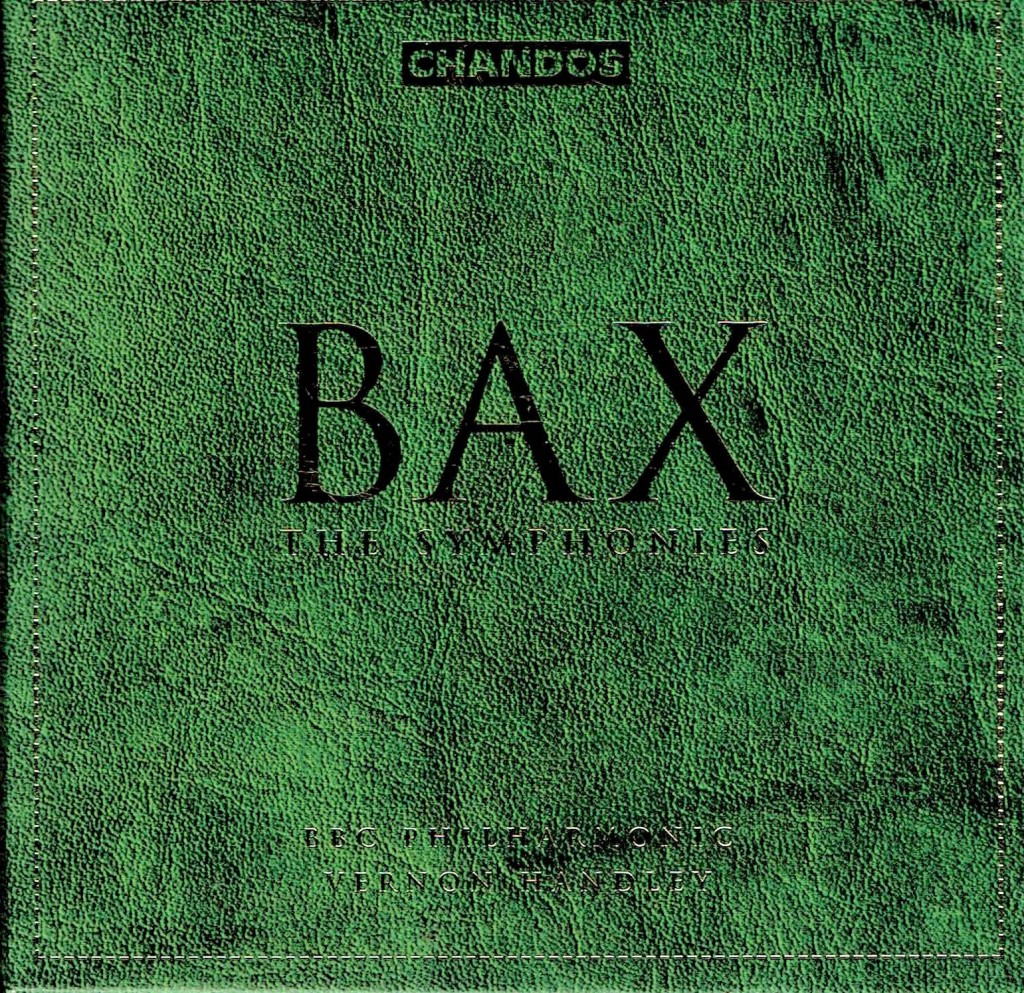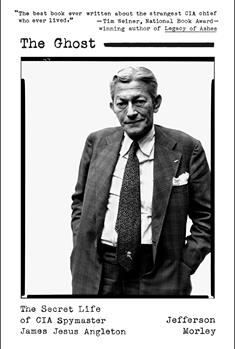
Grove Koger
In my post for April 5, 2018, I mentioned that I once began writing a series of articles called “Counterpoint” for my city’s alternative newspaper, the Boise Weekly. As it turned out, however, the publisher wasn’t interested in anything that wasn’t local, and the series ended after only two installments. This piece on the great British composer Arnold Bax, who was born November 8, 1883, was the first, and appeared in the April 13, 2005, issue of the paper.
□□□
Can you be too lucky?
Arnold Bax was born into a wealthy English family in 1883 and never had to work for a living. He was so talented a pianist that he could play the most difficult score at sight. He wrote music and poetry and short stories and an autobiography.
It’s entirely fitting, given his emotional makeup, that Bax started composing at the age of thirteen–in other words, at about the age of puberty. In later years his love life was messy and his home life just about nonexistent. As an adult he seldom had a settled abode, as they said in those days, putting up instead in hotels and inns, staying with friends.
Many of Bax’s influences turned out to be extra-musical. He fell in love early on with the Celtic world, declaring that the works of Irish poet William Butler Yeats “meant more to [him] than all the music of the centuries.” He spent much of his life in Ireland, losing several Irish friends to English firing squads after the abortive Easter Rising that preceded the Irish War of Independence. In “A Dublin Ballad 1916,” Bax wrote the sweeping lines: “Never before had such a song been sung, / Never again perhaps while ages run / Shall the old pride of rock and wind be stung / By such an insolence winged across the sun, / So mad a challenge flung!”
Later Bax turned his attention to Scotland, on whose wild western coast he spent most winters (yes, winters) from 1928 to 1939. By 1941 he had pretty much burned out, retiring “like a grocer” to spend his final days in an unheated room above a pub in staid, bucolic Sussex. Significantly enough, he called his autobiography Farewell, My Youth.
The gale of the world blows through Bax’s music. He called himself a “brazen romantic” and dismissed some of Bach’s compositions as “sewing machine music.” It’s a remark that, if I were to make it, would brand me a fool, but, coming from as great a figure as Bax, ought to make us sit up and listen. For Bax was great, the last significant figure in the romantic tradition that stretches back to Beethoven.

Bax wrote in almost every musical genre, but his very best works can be found in his seven symphonies (composed 1921-1939), his tone poems and a couple of almost-concertos for piano.
Bax’s First Symphony is a dramatic opening salvo, a gesture that the still, somber conclusion of the Second only partially allays. His Third is hauntingly lyrical, his Fourth languid and honey-golden, but with the Fifth and Sixth the drama returns with a vengeance. These are among the best orchestral works of the twentieth century, elemental pieces that (if we choose to hear them as autobiographical) reflect the windblown coast of Scotland where Bax spent those winters with the last great love of his life, Mary Gleaves. The Seventh Symphony, on the other hand, is a cloudless sunset of a work, a serene confession of all passion spent. Each symphony is cast in three movements with a brief, dramatic coda attached to the final one.
The best performances to date of Bax’s symphonies appeared in 2003 in a five-CD set from Chandos, with the late Vernon Handley conducting the BBC Philharmonic. Handley throws in a vigorous reading of the tone poem Tintagel, which evokes the coast of Cornwall and its heroic past; the premiere recording of the extrovert Rogue’s Comedy Overture; and a CD’s worth of interview and discussion. Bax orchestrated heavily, and slower performances are liable to bog down. Handley, I’m glad to say, pushes the composer to the limit.

If you don’t care to invest in the Chandos package, budget label Naxos offers perfectly good performances by David Lloyd-Jones and the Royal Scottish National Orchestra. And if Bax turns out to interest you, be sure to investigate his tone poems. Besides Tintagel, look for the sea-drunk Garden of Fand and the windswept November Woods, both available on Chandos and Naxos. And listen to his Symphonic Variations and Winter Legends. As performed by pianist Margaret Fingerhut with Bryden Thomson conducting the London Philharmonic on Chandos, they show Bax at his passionate, melodic best.
I should add that since I wrote about Bax in 2005, YouTube has helped engineer a revolution in the music world, for better and/or worse. That means that you can sample Bax (or virtually any other composer) with a quick keyword search. For instance, here’s a link to Handley’s recordings of the symphonies, movement by movement: https://www.youtube.com/watch?v=NAkytB04Aic&list=PL1YmMcEN_TABh4LNziuHS8Q8kf92IzYSq.)

If you’d like to know more about Bax, the biography by Lewis Foreman pictured above appeared in 2007 in a third, expanded edition (Woodbridge, Suffolk: Boydell P).
□□□
The 1926 portrait of Bax at the top of the post is by Elliot & Fry and is reproduced courtesy of the National Portrait Gallery under a Creative Commons License (https://creativecommons.org/licenses/by-nc-nd/3.0/legalcode).
Tags:
